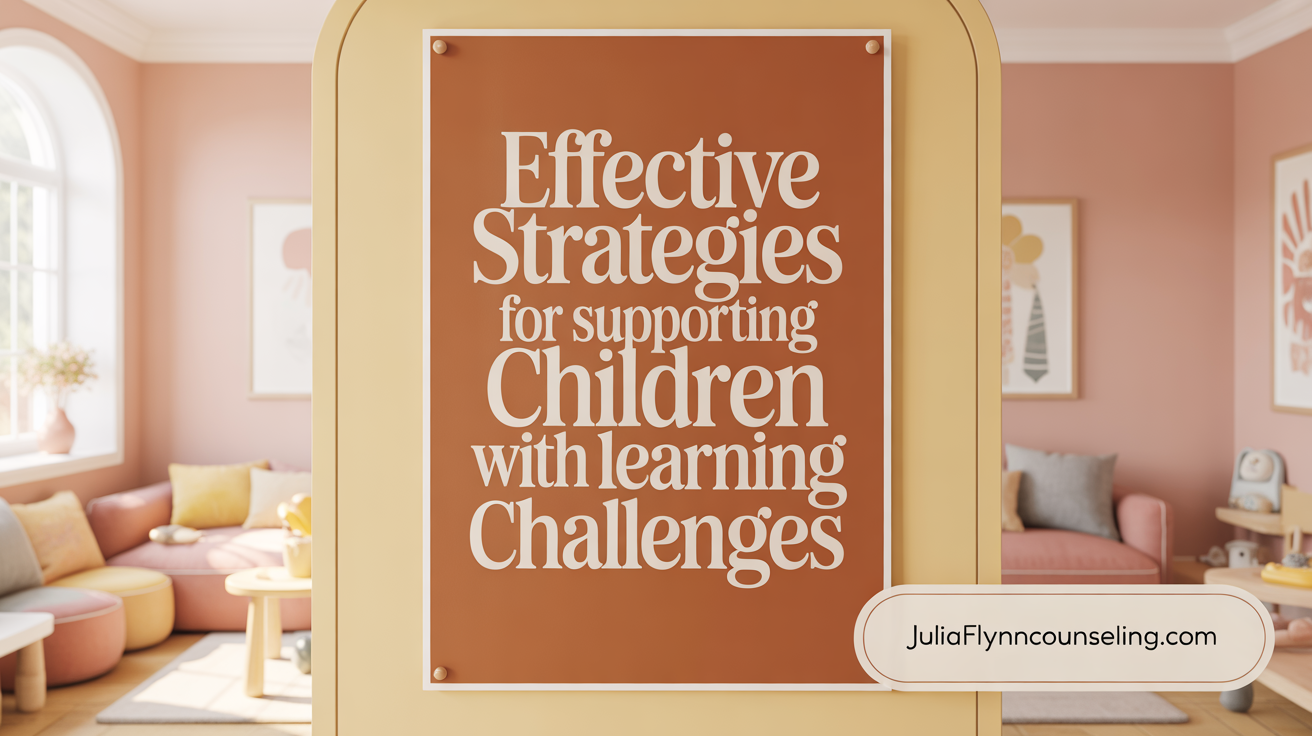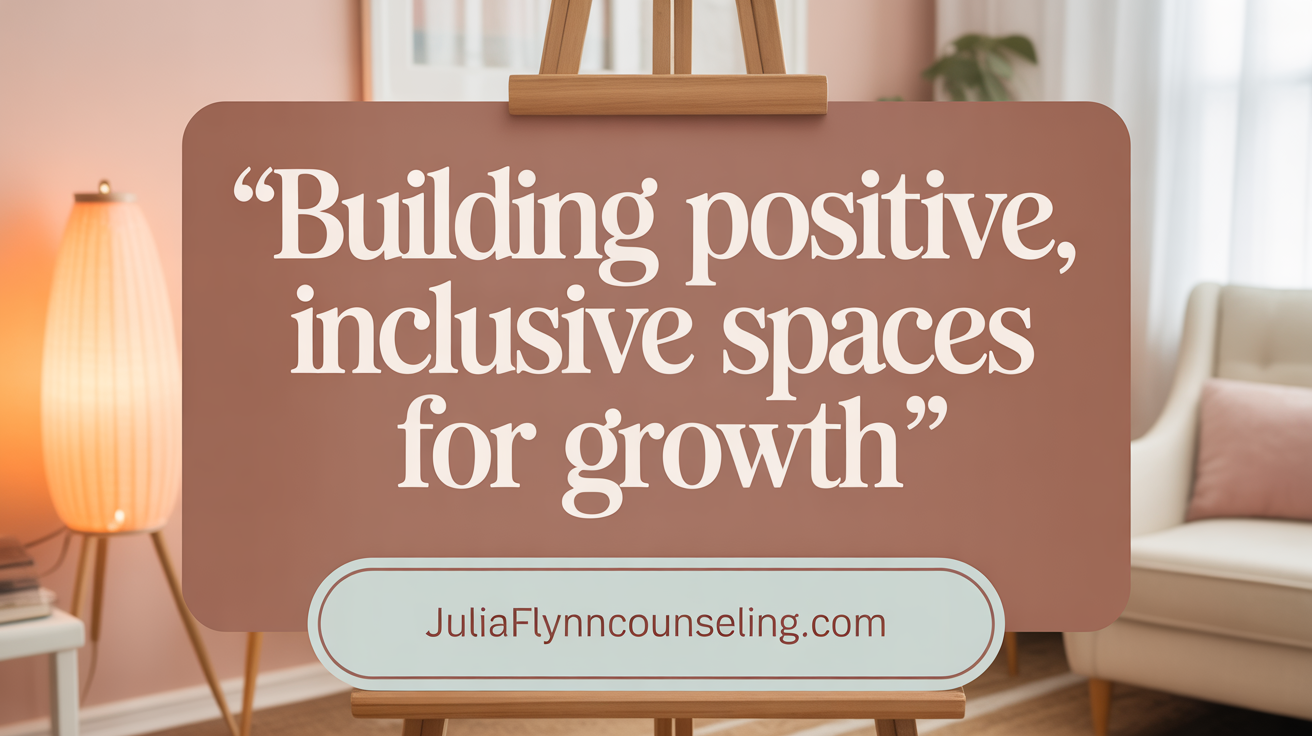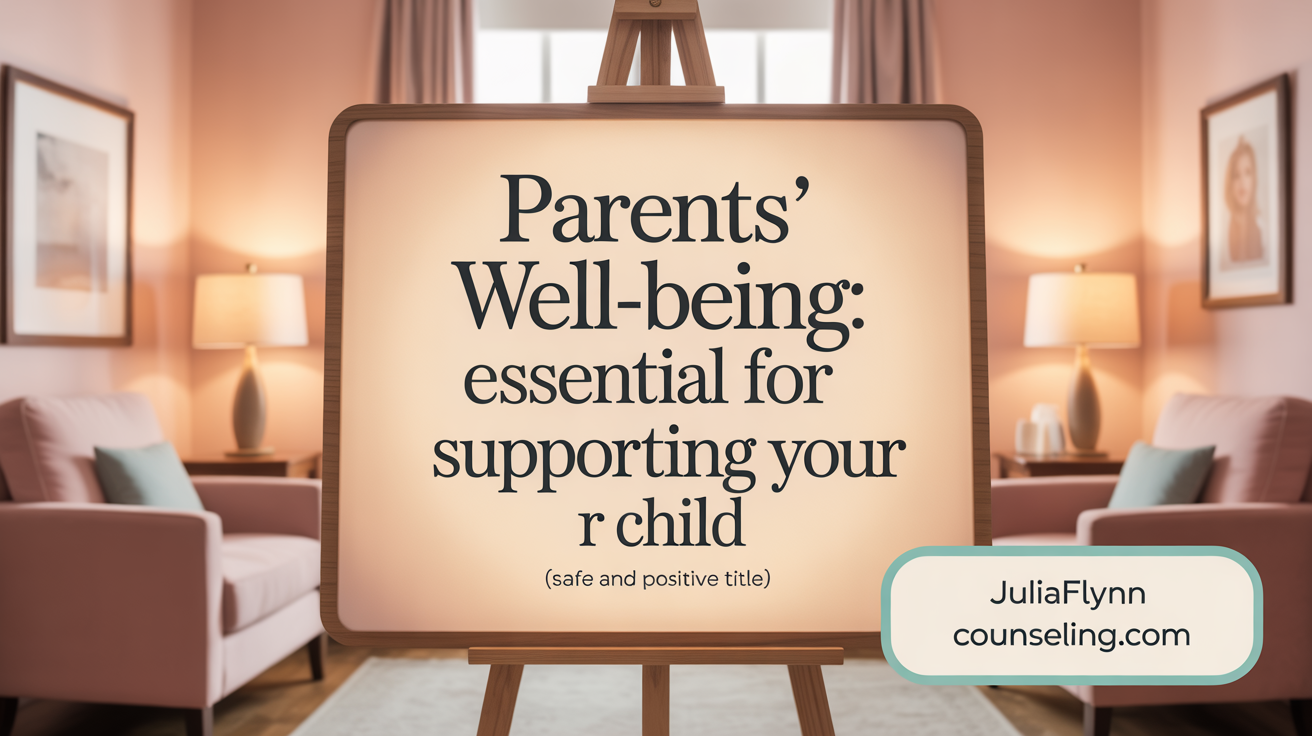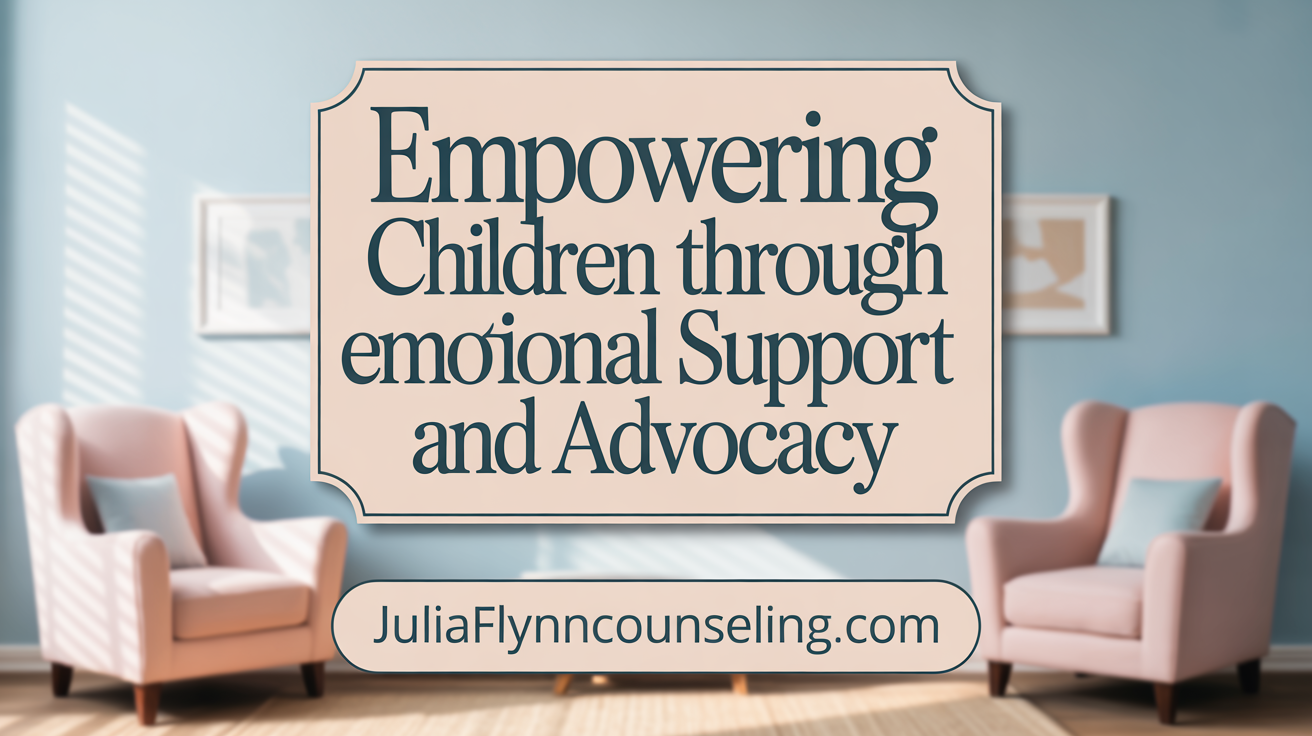Understanding and Embracing Individual Needs
Caring for children with disabilities involves recognizing their unique strengths and challenges while providing a nurturing and structured environment. This article offers practical tips and strategies to support caregivers in fostering the development, well-being, and independence of children with diverse needs.
Building Effective Communication and Support for Children with Intellectual Disabilities

What are effective strategies for supporting and communicating with children who have intellectual disabilities?
Supporting children with intellectual disabilities involves adopting respectful and clear communication methods. Using simple, straightforward language helps ensure they understand information without feeling overwhelmed. Speaking slowly, giving them time to process what’s said, and being patient are essential to effective communication.
It’s important to treat children with respect, acknowledging their feelings and rights. Setting consistent boundaries and routines provides a sense of security and predictability, which is vital for their development.
Encouraging participation by asking for their opinions and involving them in decisions helps foster independence and boost confidence. Demonstrating enthusiasm and confidence yourself can motivate children to engage actively.
Creating an environment of inclusion means promoting respect for their individual differences. Use a compassionate tone and be sensitive to their unique needs. This approach not only improves communication but also enhances their social skills and self-esteem.
In summary, effective support hinges on kindness, clarity, patience, and respect, all of which foster a trusting relationship and promote their growth towards independence and self-confidence.
Practical Tips for Supporting and Caring for Children with Learning Disabilities

How can parents and caregivers effectively support children with learning disabilities?
Supporting children with learning disabilities involves a thoughtful combination of understanding their individual needs and fostering an encouraging environment.
Firstly, parents and caregivers should become familiar with their child's specific learning challenges and strengths. This knowledge allows for targeted advocacy with schools and professionals, ensuring children receive suitable support and accommodations.
Implementing a multi-sensory learning approach can significantly improve understanding and retention. This method involves integrating visual, auditory, tactile, and kinesthetic activities, catering to different learning styles. For example, using diagrams, tactile objects, or movement-based tasks makes learning more engaging.
Positive reinforcement is essential in building a child's self-esteem and motivation. Praising efforts, celebrating small achievements, and providing encouragement help children develop resilience and confidence.
Maintaining open communication with the child fosters trust and provides insight into their feelings and struggles. Establishing clear, realistic goals and expectations helps prevent frustration and promotes a sense of accomplishment.
Creating a supportive, low-stress environment is vital. Reducing anxiety and avoiding pressure allows children to learn and grow comfortably.
Coordination with educators is crucial. Parents should understand the child's Individualized Education Program (IEP), collaborate regularly with teachers, and utilize resources such as specialized tutoring or therapy sessions.
Seeking professional assessments and interventions enables tailored support plans. Speech therapists, occupational therapists, and educational specialists can address specific difficulties and suggest effective strategies.
Lastly, caregivers must prioritize their own well-being. Practicing self-care, seeking support from family, friends, or support groups, and managing stress ensure they remain patient and effective in nurturing their child's development.
By combining knowledge, collaboration, and care, parents and caregivers can create a nurturing environment that empowers children with learning disabilities to flourish.
Creating Supportive Environments and Routines to Foster Development

What are essential tips for caring for a child with special needs?
Caring for a child with special needs involves many thoughtful strategies. One of the most important is establishing a safe and accessible home environment. This means using safety gates, ramps, handrails, and sensory-friendly items like weighted blankets or fidget toys. These adaptations help children feel secure and promote independence.
Routine establishment is another crucial aspect. Regular schedules for activities such as mealtimes, play, and bedtime help children know what to expect, reducing anxiety and supporting emotional stability. Visual tools like picture schedules or activity charts can make routines clearer and more predictable.
Using visual aids and assistive technology enhances communication and learning. Devices or picture cards allow children to express themselves and follow instructions more easily. Incorporating tools like sign language or noise-canceling headphones tailors support to each child's needs.
Encouraging participation in daily activities, play, and social interactions is vital. Activities such as reading, singing, or simple chores engage children and foster their development. Social play with peers or family members improves social skills and builds confidence.
Including children with disabilities in inclusive activities promotes a sense of belonging. Whether it’s attending community events, playdates, or game nights, involvement supports their development and reinforces that they are valued members of the community.
Implementing inclusion strategies involves adapting environments and interactions to meet each child's unique needs. This might involve providing alternative communication methods, modifying toys, or creating sensory-friendly spaces.
Overall, creating a nurturing, accessible, and structured environment helps children with disabilities develop skills and confidence. It requires patience, creativity, and collaboration among caregivers, educators, and health professionals, all working together to support each child's growth and happiness.
Coping Strategies and Self-Care for Parents and Caregivers

What practical tips can help parents cope with having a child with a disability?
Parents and caregivers face unique challenges when supporting children with disabilities. To navigate these successfully, joining support groups is highly beneficial. These groups connect families with others who understand their experiences, offering emotional comfort, shared advice, and practical tips.
Educating yourself about your child's specific condition is equally important. Reliable resources such as trustworthy books, websites, and healthcare professionals provide essential knowledge, helping you understand your child's needs and develop effective strategies.
Developing structured routines and incorporating assistive technologies can simplify daily care tasks. Visual schedules, picture cues, and adaptive tools help children follow predictable patterns, reducing anxiety and promoting independence.
Advocacy plays a crucial role. Knowing your rights and accessing community resources like special education services, therapy programs, and support benefits such as SSI and Medicaid can significantly improve your child's development and your family’s stability.
Self-care is vital to maintain your well-being. Engaging in physical activities, maintaining a healthy diet, and nurturing social connections help prevent burnout. Taking time for hobbies and relaxation restores emotional strength.
Focusing on your child's strengths and fostering positive reinforcement encourage confidence and resilience. Keeping open lines of communication with your child and educational professionals helps tailor support and fosters a nurturing environment.
Implementing these practical approaches ensures you are better equipped, resilient, and able to provide the best support for your child's growth and happiness.
Fostering Emotional Well-being and Advocacy for Children with Disabilities

Emotional Support Strategies
Providing emotional support to children with disabilities is essential for their overall well-being. Creating a calm and safe environment, where children can relax and express themselves, helps them manage stress and feel secure. Using calming techniques such as deep breathing exercises or designated quiet spaces can soothe overwhelmed children. Engaging in activities like art therapy allows children to channel emotions creatively and build confidence.
Encouraging Self-Expression and Independence
It is important to promote children’s self-expression and independence through person-centered approaches. Giving children choices and encouraging them to voice their opinions fosters self-esteem and autonomy. Using visual aids, sign language, or sensory tools tailored to the child's needs can enhance communication and help them participate actively in their daily routines.
Role of Play and Creative Activities
Play is a natural way for children with disabilities to learn and develop. Activities such as reading, cuddling, and exploring arts and crafts support social and emotional growth. Inclusive playdates and community participation not only provide enjoyment but also promote social skills. Incorporating hobbies like music, gardening, or adaptive sports can further boost self-esteem and physical health.
Advocacy for Rights and Services
Parents and caregivers should educate themselves about their child's rights and available services. Advocating effectively involves gathering information, asking questions, and working collaboratively with educators, healthcare providers, and support organizations. Protecting a child's access to necessary therapies, inclusive education, and support services is vital for their development.
Building Strong Support Networks
A robust support system is crucial for caregivers and children alike. Connecting with family, friends, support groups, and professionals offers emotional reassurance and practical help. Participating in parent training programs and community groups can provide valuable resources and shared experiences, reducing feelings of isolation.
Future Planning and Resilience
Long-term planning, including setting up special needs trusts and exploring future care options, ensures stability for children as they grow older. Encouraging resilience involves celebrating small victories, maintaining a positive outlook, and fostering children’s strengths. Teaching children about acts of kindness and gratitude also supports emotional health and helps them navigate future challenges.
Providing consistent love, encouragement, and a sense of community empowers children with disabilities to thrive emotionally and socially, building a foundation of resilience and hope for their future.
Empowering Caregivers and Celebrating Strengths
Caring for children with disabilities is both a rewarding and complex journey that requires knowledge, patience, and compassion. By focusing on the child's abilities, establishing clear communication, and creating supportive environments, caregivers can enhance the child's potential and quality of life. Prioritizing self-care and building strong support systems helps sustain caregivers' resilience and effectiveness. Advocacy remains central to securing necessary resources and rights, ensuring that every child thrives with dignity and confidence. Together, these strategies foster a nurturing atmosphere where children with disabilities can flourish and caregivers feel empowered.
References
- Caring for children with disabilities: Mini Parenting Master Class
- Parenting a Child with a Disability - HelpGuide.org
- Parenting Tips and Strategies from Parents with Disabilities
- Balancing Care: 10 Tips for Parents of Children with I/DD During ...
- My Top 15 Tips for Raising a Child with a Disability
- Care Tips for Children with Developmental Disabilities - Integrity, Inc.
- Child Care for Your Child with Special Needs
